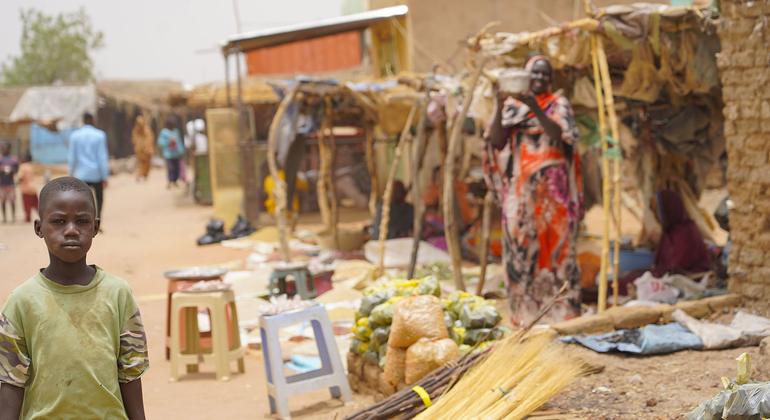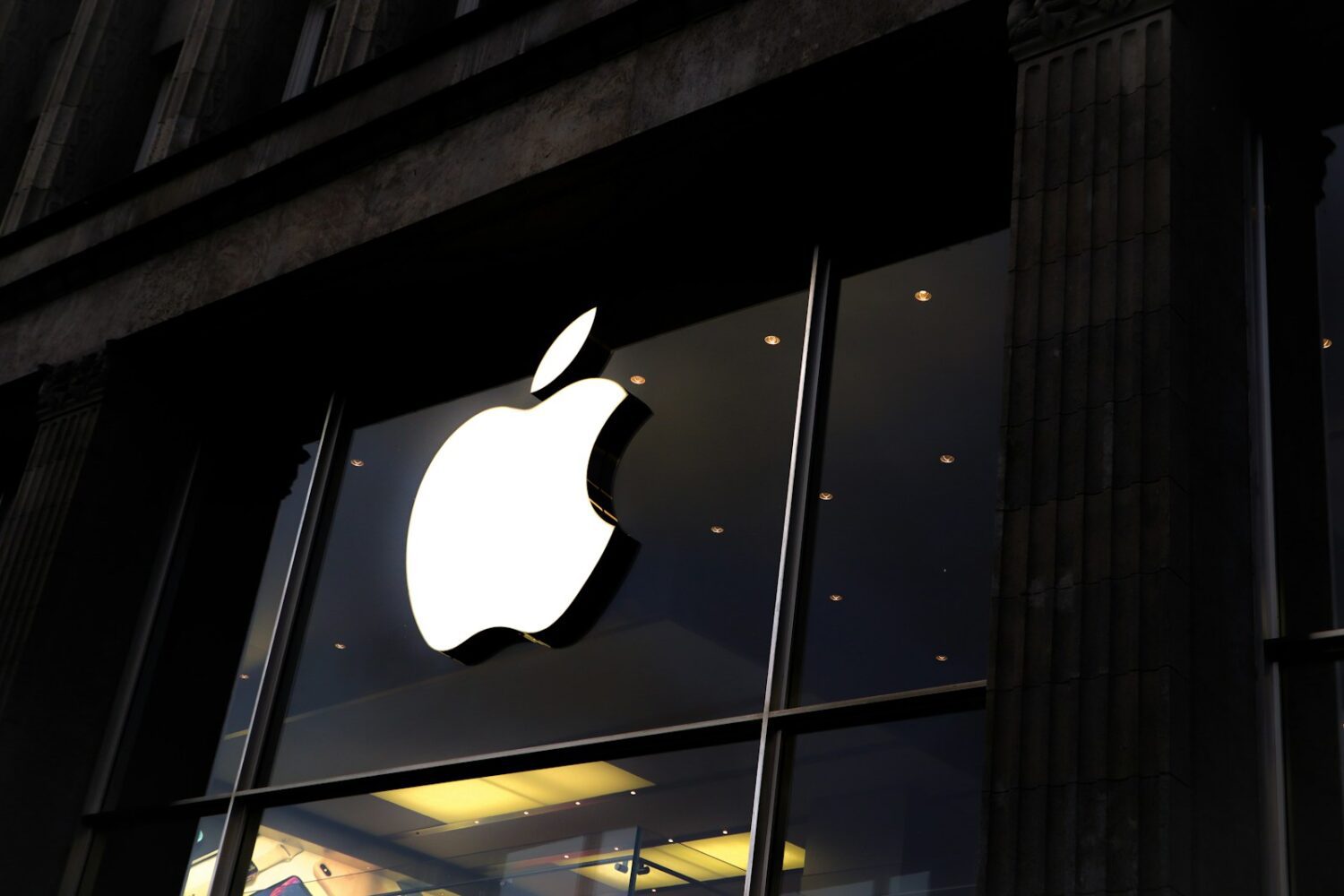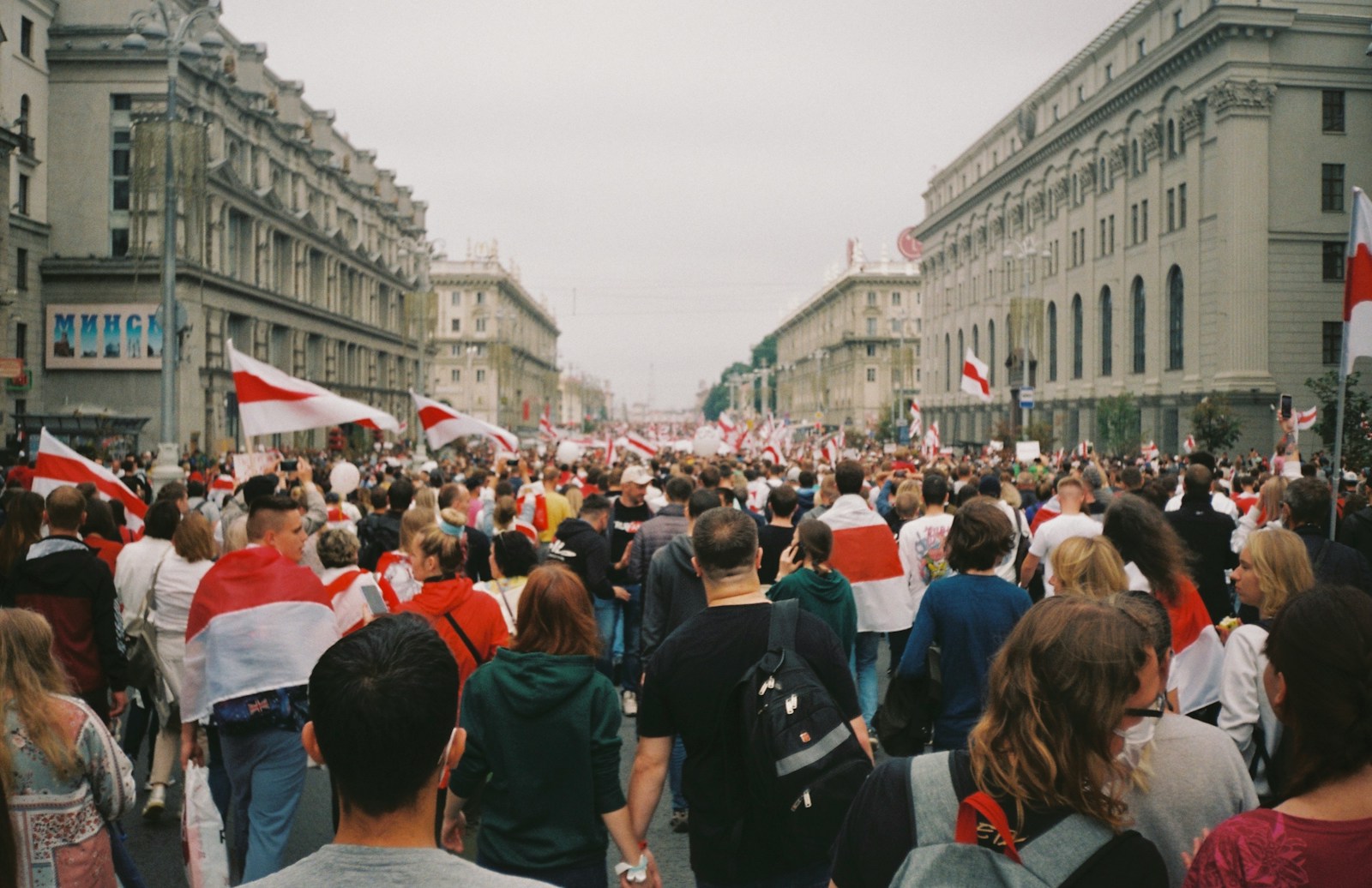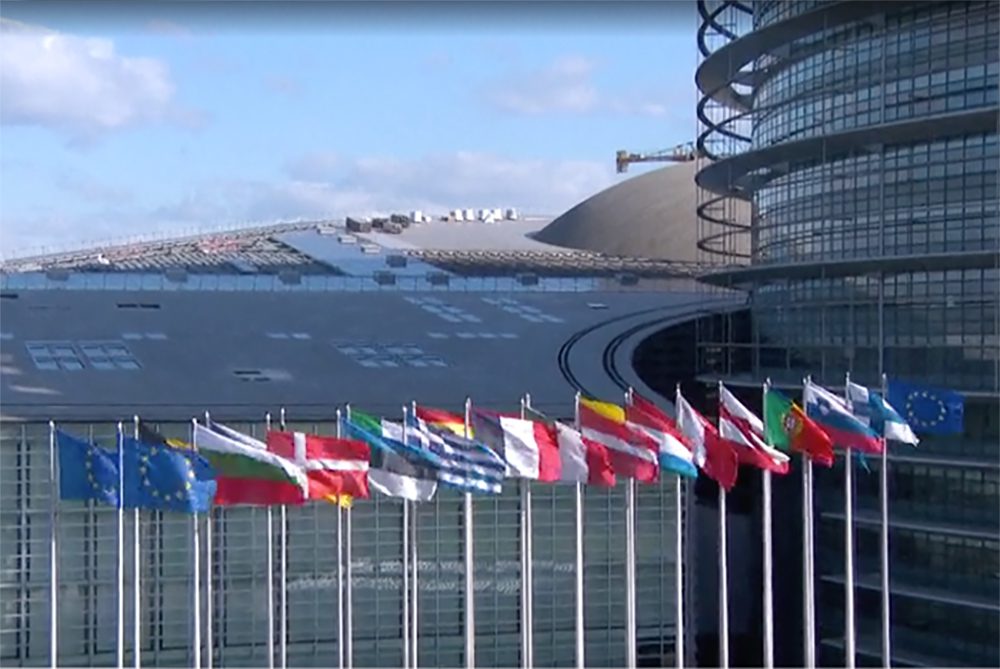The recently released report by the Stop Amhara Genocide Association and Coordination des Associations et des Particuliers pour la Liberté de Conscience (CAP LC) paints a deeply disturbing picture of the ongoing atrocities committed against the Amhara people in Ethiopia. The evidence presented points to a systematic campaign of violence, forced displacement, and cultural erasure that amounts to genocide.
In this interview, I will be speaking with Yodith Gideon, a representative from Stop Amhara Genocide, to gain further insights into the situation on the ground, the challenges faced by the Amhara community, and the steps that must be taken to halt this genocide and ensure accountability for the perpetrators.
Robert Johnson : The report details numerous incidents of massacres, targeted killings, and atrocities committed against the Amhara people. What are the key factors driving this systematic violence and genocide against the Amhara community in your assessment?
Stop Amhara Genocide (Yodith Gideon) : In understanding the systematic violence against the Amhara people, a grim narrative of power struggle and resource manipulation emerges. The roots of this crisis trace back to the annexation of vital Amhara lands, notably Welkait Tegede, Telemit, and Raya, by the Tigray People’s Liberation Front (TPLF) upon its ascent to power 34 years ago. These regions, rich in fertile land crucial for the Amhara in Gonder and Wello, were strategically seized to bolster TPLF’s control and access to resources.
Furthermore, the TPLF’s divide-and-rule tactics extended beyond territorial annexation. In Gojam, traditional Amhara lands were cleaved into two, birthing the Benishangul Gumuz Region, where Amharas constitute a minority amidst a mosaic of eight other ethnic groups. This region, home to the controversial Renaissance Dam, symbolizes not only economic opportunity but also a geopolitical gambit. By creating a demographic mix favorable to their interests, TPLF ensured a foothold in the region, safeguarded by a buffer of non-Amhara ethnic groups.
The exit of the TPLF from power in 2018 didn’t herald an end to the Amhara’s tribulations. The rise of the Oromo faction has brought its own brand of turmoil, marked by ethnic cleansing and demographic engineering. Secret meetings reveal sinister intentions, with plans to replace Amhara inhabitants with Oromos, aiming to tip the demographic scales in their favor. This calculated maneuvering is not merely about power; it’s a strategic step towards potential secession, ensuring a region free from Amhara influence.
In this volatile landscape, the Amhara people find themselves caught between rival factions, their very existence threatened by political machinations and ethnic strife. To break this cycle of violence, Ethiopia must confront these entrenched power dynamics, safeguard the rights of all its citizens, and foster inclusive governance that transcends ethnic divides. Only then can the Amhara community, and indeed all Ethiopians, hope for a future free from the specter of violence and persecution.
Robert Johnson : The report highlights the Ethiopian government’s inadequate and even complicit response to the ongoing crisis. What specific actions or inactions by the government have exacerbated the situation, and what are the implications of this lack of accountability?
SAG : The government’s inaction and complicity in the crisis have only fueled its escalation. With the government being the perpetrator, accountability remains elusive, perpetuating a cycle of impunity and further endangering the affected communities.
Robert Johnson : The report paints a harrowing picture of the ongoing crisis, with numerous documented incidents of massacres, targeted killings, forced displacements, and the deliberate destruction of Amhara communities and cultural heritage. It also highlights the Ethiopian government’s inadequate and even complicit response, as well as the complex relationship between the Tigray conflict and the Amhara genocide.
SAG : The genesis of the Tigray conflict stemmed from a power struggle between the TPLF and the Oromo Democratic Party (ODP), the Tigrayan and Oromo wings of the ruling EPRDF party. As the Ethiopian people demanded change from decades of systematic abuses, the TPLF eventually relinquished its power monopoly to the ODP, hoping to appease public discontent. However, when the ODP unexpectedly assumed power, the TPLF refused to yield, sparking a war for control.
During the conflict between the Abiy administration and the TPLF, both sides strategically maneuvered to weaken the Amhara population. Shockingly, Amhara soldiers were often sent to war with minimal ammunition. There are reports of instances where two Amhara men were given only one weapon and 40 bullets between them. This left them vulnerable and ill-prepared to defend themselves against the well-armed TPLF forces.
Moreover, 80% of Ethiopia’s weapons were stored in Tigray, giving TPLF a significant advantage. Amhara soldiers were thus at a severe disadvantage, facing a better-equipped enemy with limited resources.
Furthermore, there were instances where the federal army abandoned their heavy weapons, creating a vacuum for TPLF soldiers to exploit. Soldiers who were questioned about why they left the area reported that they were ordered to abandon the weapons and vacate the area without question. This abandonment of arms not only facilitated TPLF’s aggression but also left Amhara civilians defenseless against the ensuing violence and atrocities.
Additionally, there were reports of Amhara men being forcibly recruited and then ambushed and killed en route to the war zone.
This strategic manipulation of the conflict not only perpetuated violence but also led to immense suffering and loss of life among the Amhara population. It underscores the urgent need for accountability and decisive international intervention to halt the atrocities and bring perpetrators to justice.
Robert Johnson : The report emphasizes the targeting of the Ethiopian Orthodox Church and its clergy as part of the broader assault on Amhara identity and culture. What is the significance of these attacks, and how can the international community help protect religious freedom and safeguard cultural heritage in Ethiopia?
SAG: The deliberate targeting of the Ethiopian Orthodox Church and its clergy is a distressing aspect of the broader assault on Amhara identity and culture. These attacks hold profound significance beyond religious persecution; they represent a calculated effort to undermine the very fabric of Amhara society, eroding its cultural heritage and sense of identity.
The Ethiopian Orthodox Church holds immense cultural and historical significance for the Amhara people, serving as a cornerstone of their identity and communal life for centuries. By targeting the Church and its clergy, perpetrators aim to destabilize and disempower the Amhara community, instilling fear and sowing division.
Moreover, these attacks on religious institutions are part of a broader strategy to suppress dissent and control the narrative, silencing voices that advocate for human rights and social justice. By undermining religious freedom, perpetrators seek to impose their own ideology and suppress alternative viewpoints, further exacerbating tensions and perpetuating cycles of violence.
In light of these alarming developments, the international community has a crucial role to play in protecting religious freedom and safeguarding cultural heritage in Ethiopia. This includes robust diplomatic efforts to pressure the Ethiopian government to uphold its obligations under international law and respect the rights of all its citizens, regardless of their religious or ethnic affiliation.
Robert Johnson : The report calls for urgent international intervention and an independent investigation into the atrocities. What specific actions do you believe the international community, including the United Nations and member states, should take to halt the Amhara genocide and ensure accountability for the perpetrators?
SAG : Absolutely, urgent action is needed from the international community to address the ongoing atrocities against the Amhara people. It’s high time for the world to step up and take meaningful action to halt the Amhara genocide and ensure accountability for the perpetrators.
The dedication of the Amhara Fanos in defending their people is commendable and highlights the urgent need for genuine representation and protection of the Amhara community. It’s imperative to have leadership that prioritizes the safety and well-being of all Ethiopians, regardless of ethnicity. Just as history has shown with the rejection of the Nazi leadership, there must be accountability for any criminal elements within the government. The comparison to the Nazi party is poignant, as it represents a regime responsible for horrific genocide. The entire system of governance must be held accountable for its actions, and the Amhara people, like all Ethiopians, deserve leadership that upholds human rights and ensures their protection without relying on external peacekeeping forces. Above all, the Amhara people need true representation that upholds their right to life.
We have to remember that perpetrators control the government, alternative strategies become imperative. Firstly, we must empower local resistance movements, such as the Amhara Fanos, by providing resources and strategic assistance to protect their communities. Secondly, advocating for the investigation and prosecution of perpetrators by the International Criminal Court can ensure accountability for atrocities. Thirdly, targeted sanctions against individuals involved in genocide, an arms embargo, and humanitarian intervention as a last resort can directly impact perpetrators’ ability to continue their actions. Engaging regional partners and documenting human rights abuses while raising awareness are also crucial. It’s a multifaceted approach demanding sustained effort, but by pursuing these actions collectively, we can work towards justice and prevent further loss of life.
It is clear that the Amhara people face an existential threat, with their very identity and existence at stake. The international community must heed the urgent call to action outlined in the report and take decisive steps to halt the genocide, protect the vulnerable, and hold perpetrators accountable. We cannot stand idly by as innocent lives are lost and a rich cultural heritage is erased. It is our moral imperative to stand in solidarity with the Amhara people and work tirelessly to ensure a future where they can live in peace, dignity, and security.















